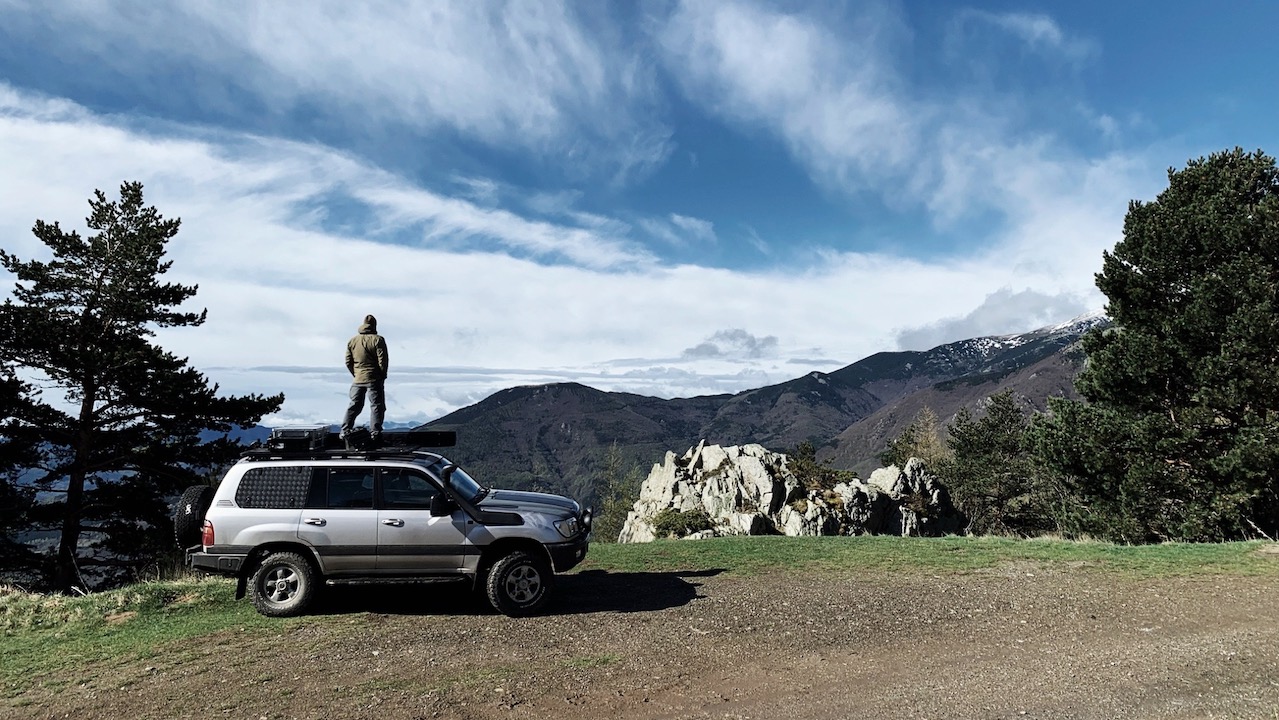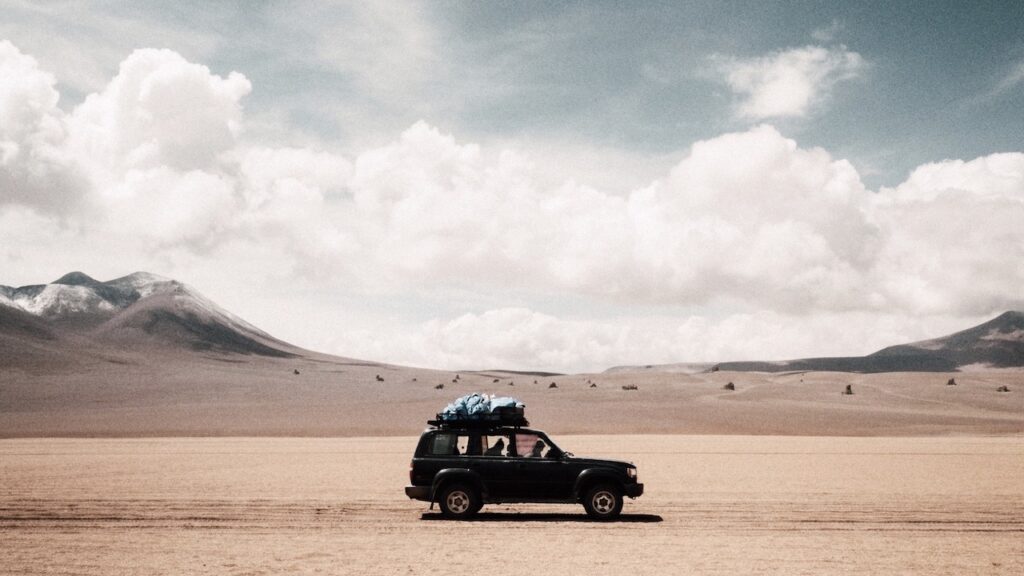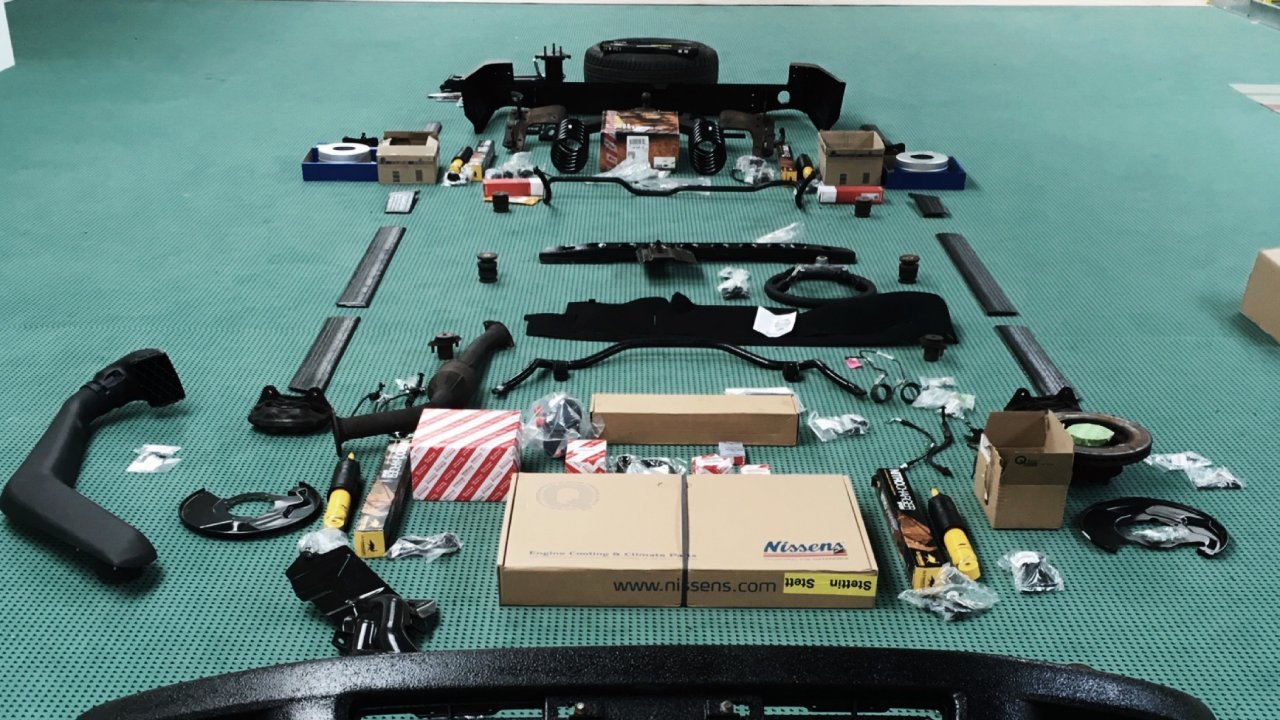Are you planning an overland adventure? Choosing the right vehicle is one of the most important decisions you’ll make. To ensure a safe and comfortable journey, factors such as dependability, fuel efficiency, cargo space, and off-road capabilities must be considered. In this blog post, we’ll go over the important factors to consider when choosing an overland vehicle to help you make an informed decision.
When researching specific vehicle models, there are several important vehicle factors for overlanding to keep in mind. Here are some key factors to think about:
Reliability
When selecting an overland vehicle, one of the most important factors to consider is reliability. A breakdown while driving in remote areas far from civilization can be not only inconvenient but also dangerous and costly. That is why it is critical to select a vehicle with a reputation for dependability and durability.
When researching specific vehicle models, look for those with a reputation for dependability and longevity. You can learn which vehicles are considered reliable by reading online reviews, consumer reports, and manufacturer ratings. Consider seeking advice from other overlanders who have experience with the type of driving and terrain you’ll be encountering.
Before making a purchase, it’s also a good idea to invest in a vehicle inspection. This can assist you in detecting potential mechanical or safety issues before they become major issues. An experienced mechanic can assess the overall condition of the vehicle, including the engine, transmission, brakes, and suspension, and advise you on any necessary repairs or maintenance.
You can reduce the risk of breakdowns and ensure a safe and enjoyable overlanding experience by selecting a dependable vehicle and investing in regular maintenance and inspections.
For more about reliability and how to apply that to a specific make and model, continue reading here:

Another great source is https://www.consumerreports.org
Fuel efficiency
Long trips through remote areas can necessitate a lot of driving, so fuel efficiency is one of the important vehicle factors for overlanding when selecting a car for your adventure. Overlanding frequently entails driving on unpaved or off-road terrain, which reduces fuel efficiency. As a result, it’s critical to look for a vehicle that is both efficient and long-lasting.
When looking into specific vehicle models, look for those with good gas mileage, which is typically measured in miles per gallon (MPG). To find out the MPG ratings, go to the EPA (Environmental Protection Agency) website or contact the vehicle manufacturer. Consider alternative fuel options such as diesel or hybrid vehicles, which are frequently more fuel-efficient.
It’s also important to consider the vehicle’s fuel range, which is the distance it can travel on a full tank of gas. Overlanding frequently entails traveling long distances between fuel stops, so a vehicle with a large fuel range can be advantageous. Make sure to look into the fuel tank capacity and range of any vehicle you’re thinking about buying.
Finally, think about any modifications or accessories that can help you save money on gas. Installing a roof rack or cargo carrier, for example, can reduce wind resistance and improve fuel efficiency. Similarly, using all-terrain tires on unpaved roads can improve fuel efficiency.
By considering fuel efficiency when choosing a vehicle for overlanding, you can save money on fuel costs and reduce your environmental impact, while still enjoying a safe and comfortable overlanding experience.
Cargo Space

Camping equipment, food and water, tools, and spare parts are all required for overlanding. As a result, cargo space is an important consideration when selecting a vehicle. To transport all of your equipment and supplies, you’ll need a vehicle with plenty of storage space.
When researching specific vehicle models, look for those that have plenty of cargo space, both inside and outside the cabin. To determine a vehicle’s exact cargo capacity, consult the manufacturer’s website or a dealer. Consider installing a roof rack or trailer to increase your storage capacity. This is especially useful for larger items such as tents, kayaks, or bicycles.
It is also critical to consider the cargo area’s shape and configuration. Look for vehicles with flat, spacious cargo areas that can fit large, bulky items. Seats that fold or remove can also provide extra space and flexibility.
Finally, consider any modifications or accessories that can help organize and make access to your gear easier. Installing drawers or shelves in the cargo area, for example, can help you keep your gear organized and accessible. Similarly, installing a cargo net or tie-down system can help secure your belongings during bumpy rides.
You can ensure that you have all the gear and supplies you need for a safe and comfortable overlanding experience by selecting a vehicle with ample cargo space and considering modifications or accessories that can increase storage capacity.
Off-road capabilities
Off-road capabilities are essential vehicle factors for overlanding because you will frequently be driving on unpaved roads and rough terrain. Look for vehicles with features that will assist you in navigating difficult terrain, such as:
- Four-wheel drive (4WD) is required for overlanding because it helps you maintain traction on uneven or slippery surfaces. Look for 4WD systems that allow you to switch between 2WD and 4WD modes as needed.
- High ground clearance: The distance between the ground and the bottom of a vehicle is referred to as its ground clearance. High ground clearance can assist you in clearing obstacles such as rocks, stumps, and ruts. To help you navigate rough terrain, look for vehicles with high ground clearance.
- Skid plates are protective panels that are installed beneath the vehicle to protect the underside from damage. When driving over rough terrain, look for vehicles with skid plates to help protect the engine, transmission, and other critical components.
- Traction control systems can assist you in maintaining traction and control on slippery or uneven surfaces. Look for vehicles that have traction control to assist you in navigating muddy, sandy, or rocky terrain.
- Locking differentials allow you to lock the wheels on one side of your vehicle together, which can help you maintain traction in difficult off-road conditions. To help you navigate steep inclines, deep mud, or loose sand, look for vehicles with locking differentials.
It is also critical to consider the type of terrain you will be driving on and select a vehicle that is appropriate for those conditions. If you’ll be driving on rocky terrain, for example, look for a vehicle with good suspension and sturdy tires. If you intend to drive on sand, choose a vehicle with a wide stance and sand-specific tires.
You can prepare for whatever challenges you may face during your overlanding adventures by selecting a vehicle with good off-road capabilities and considering the specific terrain you’ll be driving on.
Maintenance and repair costs

Due to increased wear and tear and the need for specialized maintenance, off-road vehicles can be more expensive to maintain and repair than standard vehicles. Consider the following factors when estimating overlanding vehicle maintenance and repair costs:
- Replacement parts may be more difficult to find and more expensive to purchase depending on the make and model of your vehicle. Look for vehicles with a wide range of available parts to help keep repair costs low.
- DIY maintenance: Depending on your mechanical knowledge, you may be able to perform some maintenance tasks on your own. To save money, look for vehicles with easily accessible components and simple maintenance procedures.
- Warranty or service contract: Purchasing a good warranty or service plan can help protect you against unexpected repair costs. Look for plans that include off-road coverage as well as comprehensive coverage for major components such as the engine, transmission, and drivetrain.
- Specialist maintenance: Some off-road vehicle components, such as the suspension system or differential, may necessitate specialized maintenance or repairs. When calculating the total cost of ownership for an overlanding vehicle, consider the cost of having these components serviced by a specialist.
When deciding which vehicle to use for overlanding, it’s critical to consider maintenance and repair costs. You can help ensure that your vehicle is ready for your next adventure by selecting a vehicle with a reputation for ease of maintenance and repair and investing in a good warranty or service plan.
For an example what it means to service your own vehicle, we recommend you to read the this:

Conclusion
It is critical to select the right vehicle for your overlanding adventure. You can ensure a safe and enjoyable journey by taking into account the basic vehicle factors for overlanding, such as dependability, fuel efficiency, cargo space, and off-road capabilities. Consider researching specific vehicle models, seeking advice from experienced overlanders, and investing in regular maintenance and inspections. As a result, you’ll be well-equipped to tackle any terrain and create memories to last a lifetime.

